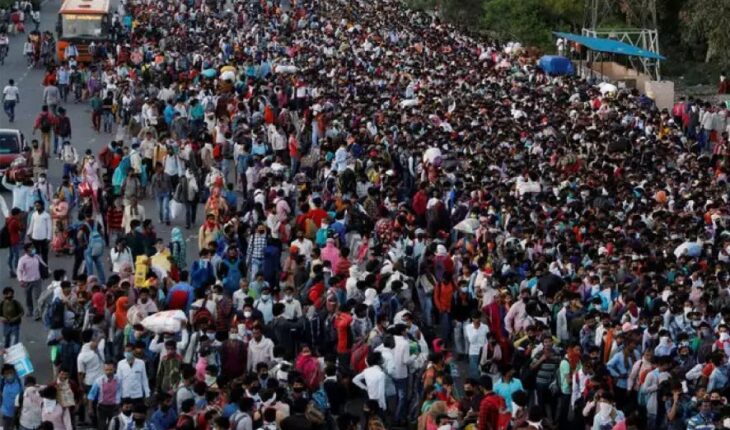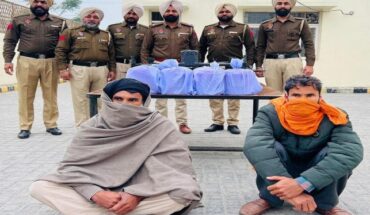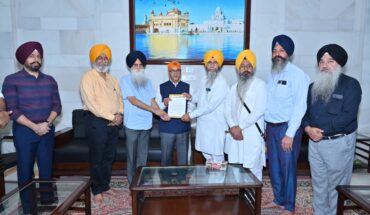8 out of 10 people belongs to UP, Bihar and Bengal
New Delhi : According to Lokniti-CSDS Study, Most of the migrants in the NCR Capital Delhi are young – 48.2% of them are under 35 years of age. The population is overwhelmingly male – six out of ten are male, and 81.9% are married.
CSDS conducted a survey on how many people from other states live in the national capital Delhi and from which states the maximum number of people live in Delhi. In which many shocking revelations have been made. According to the survey, 8 out of 10 people living in slums and parts of unauthorized colonies in Delhi are from three states – Uttar Pradesh, Bihar and West Bengal. Most of them moved to the city for work. More than 78% have a family income of less than Rs 20,000 per month.
A study conducted by the Center for the Study of Developing Societies (CSDS) with a sample size of 1,017 people living in different parts of Delhi city shows that most of them, almost 45.5% have been living in Delhi for more than 10 years. While 28.7% were born and brought up here in Delhi. It has been well established in the census reports of the last several years that Delhi is a city of migrants. According to the 2011 census, Delhi has the highest proportion of inter-state migrants. The majority of migrants in Delhi are young, 48.2% of them are under 35 years of age. The population is overwhelmingly male, 6 out of 10 are male, and 81.9% are married.
The CSDS survey was also conducted to find out how the Delhi’s domestic expatriates feel about the proposal for strong remote voting system in the country. The survey shows that 27.8% of people would trust the secrecy of their ballot “to a great extent” in remote voting system, with another 18.8% trusting it “to some extent”.
The survey was conducted in all low-lying households in slums, slums and unauthorized Colonies. “Respondents lived in small houses – none have with more than two rooms,” said Sanjay Kumar, co-director of CSDS’s public policy program. More than 60% of respondents had no education beyond middle school. More than a quarter were non-literate and only 8.5% were either in college (graduate) or had higher educational qualifications too.
Most migrants workers almost 83.7% had LPG connection, while slightly more than half like 53% had television sets at their shelter. While 84.2% had either a bank or post office account but only about 40% had ATMs/debit cards/credit cards. More than 96% had Aadhaar cards too.
According to survey, 1 out of 3 people said, they are benefited from Delhi government’s welfare schemes. Of them, about 60% get the benefit of electricity subsidy, while 40% have received free ration. About 27% are benefited from the government’s free water scheme. The proportion of people from Scheduled Castes, Scheduled Tribes and Other Backward Classes was the highest at 48%, while around 20% did not state their caste.
Sanjay Kumar said, that this figure is not surprising at all. “There is a very strong relationship between caste and class, so in those areas that have been targeted, such as slums and unauthorized colonies, the ratio will be similar,” he said.






